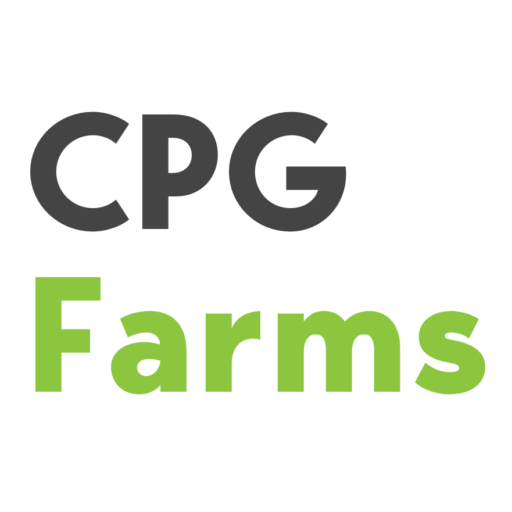If you’re responsible for any kind of business development efforts (i.e. business owners, marketing or sales), you know how tempting it can be to try and please all of your customers all of the time. That’s why it’s so critical for businesses and organizations to take the time to identify their very best customers. By doing this, you can laser-focus your marketing, advertising and sales efforts on this key group—receiving a much greater return on investment.
On average, about 20 percent of our customers produce 80 percent of our sales, says Perry Marshall, author of 80/20 Sales & Marketing. He says this same 80/20 principle applies to time management and even our digital marketing efforts. Rather than wasting time trying to reach everyone who might be willing to pay for our products or services, we should focus on those who are most lucrative: “Your goal should be to zero in on those 20 percent of customers who are essential for your business’ prosperity.”
Defining this “20 percent” allows you to cater to those who are most “pleasant and profitable to work with—those who drive our success and satisfaction,” according to Randy Myers, contributing editor for CFO magazine.
With this in mind, there are a few things every marketer (yes, and sales person) should know—or find out—about their best customers:
- What benefits are t
 hey seeking (why did they pick your company)?
hey seeking (why did they pick your company)?
What are some of your ideal customer’s most pressing needs? What problems are you solving for them? How does what you offer improve their life and/or work? And which specific benefits are most important to them? Your best customers know why they chose you, and they understand what sets your company apart. Using this insight will also help you hone your Unique Value Proposition (or UVP – which we’ll talk about in our next blog). - Who exactly are they?
Lack of clarity regarding who your best customers really are can hamper your long-term sales growth. So it’s essential to take a closer look at your customer lists (emails and social media followers, etc.). Marshall suggests the R-F-M rule: Look for customers who bought most Recently, more Frequently, and spent the most Money. Then, laser-focus your efforts on them. - Where do they live?
Find out where your best customers actually live and work. Where are they when they purchase your product? This will not only offer key insights, but also allow you to geo-target them in your marketing efforts. - How did your relationship start?
Drill down to discover where your ideal customer relationships originated. Try to identify which channel produced the initial sale. Was there a specific offer that activated their response? Were they more likely to buy at a certain time of the year/day? Did they buy online or in-person? Pinpointing the steps that led to a “yes” in their decision-making process can help you find out what’s worked in the past—and what’s likely to work in the future. - Where can I find more people like this?
The more you know about your current best customers, the better you understand prospective clients. Where do they go to find information or share it with others? Knowing this is helpful when it comes to making decisions about marketing messages and platforms to target. - How am I engaging them?
Are you using marketing tactics strategically to create ongoing dialog that’s highly personalized to your best customers? It’s essential to develop a clear plan for engaging this group that’s so important to your company’s success. Are there key ways to develop that relationship, keeping them a raving fan? This is where utilizing a Customer Relationship Management (CRM) tool can be key in helping ensure they know their value to you—and never have a reason to doubt choosing you. - How can we help each other be successful?
Creating a relationship with your best customers and spending time to help them be successful also means they’re likely willing to tell your story to others as well. Think about ways they can help you spread the word about your products via social media, testimonials or endorsements.
Taking the time to discover and define your company’s best customers can go a long way in setting yourself up for marketing success. We’d love to hear who you think your best customers are—and your ideas for cultivating that relationship. Let us know some of your thoughts and challenges!
Get started defining your best customer with our online 2-minute marketing assessment.


